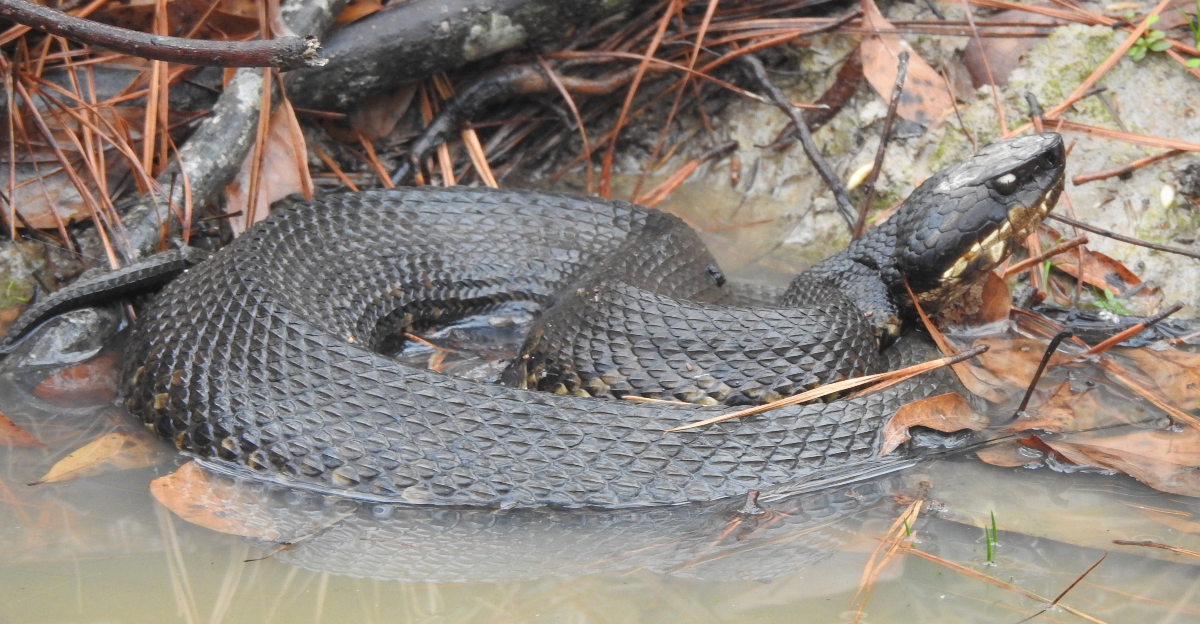
By now, most California kayakers know the drill; rattlesnakes can swim, and they do it well. It’s not shocking anymore to see one gliding across the American River, especially during the warmer months.
And while myths about “aggressive” water moccasins still get passed around campfires, herpetologists have long cleared the air. The truth is, venomous snakes really do show up along certain U.S. rivers, sometimes in places you’d never expect.
These next eleven waterways bring together habitat, prey, and human activity in surprising ways. From swampy backwaters to tourist-packed trails, each has its own cold-blooded twist.
1 – Atchafalaya River
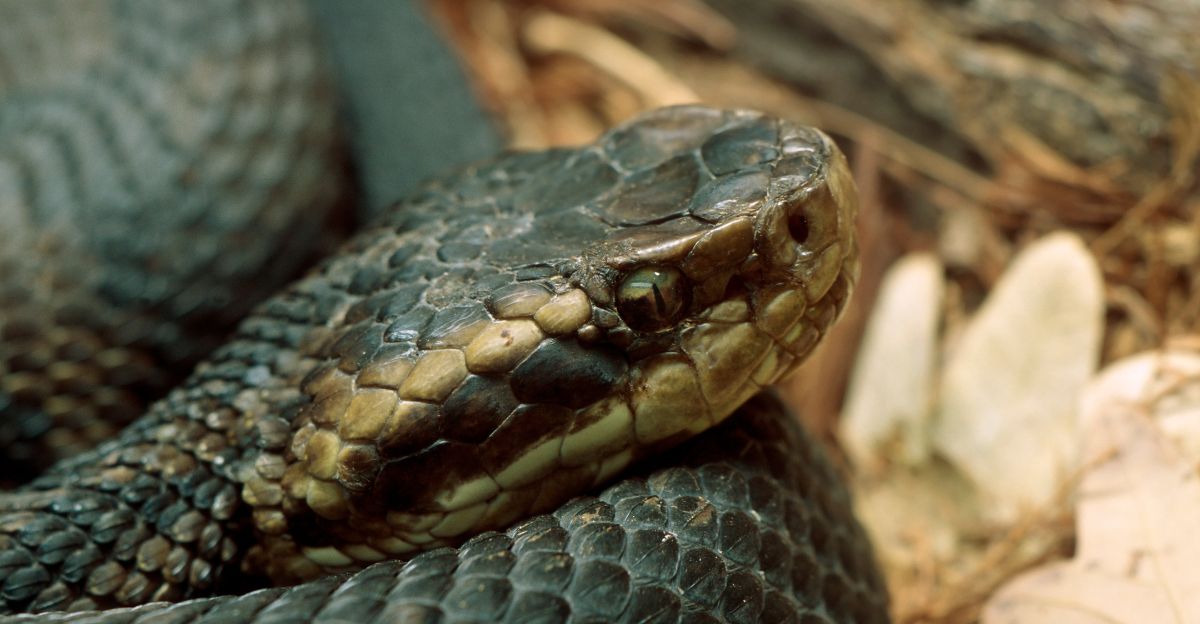
Louisiana’s Atchafalaya River drains over a million acres of swamp, creating prime real estate for cottonmouths, and lots of them. Airboat guides often spot dozens on a single run, outnumbering sightings in the Everglades. Unlike nonvenomous water snakes, cottonmouths are unmistakable here, so misidentifications are rare. Still, tour operators lean into the region’s “Sportsman’s Paradise” branding, offering night paddles right through areas locals warn you not to walk through during the day.
2 – Colorado River
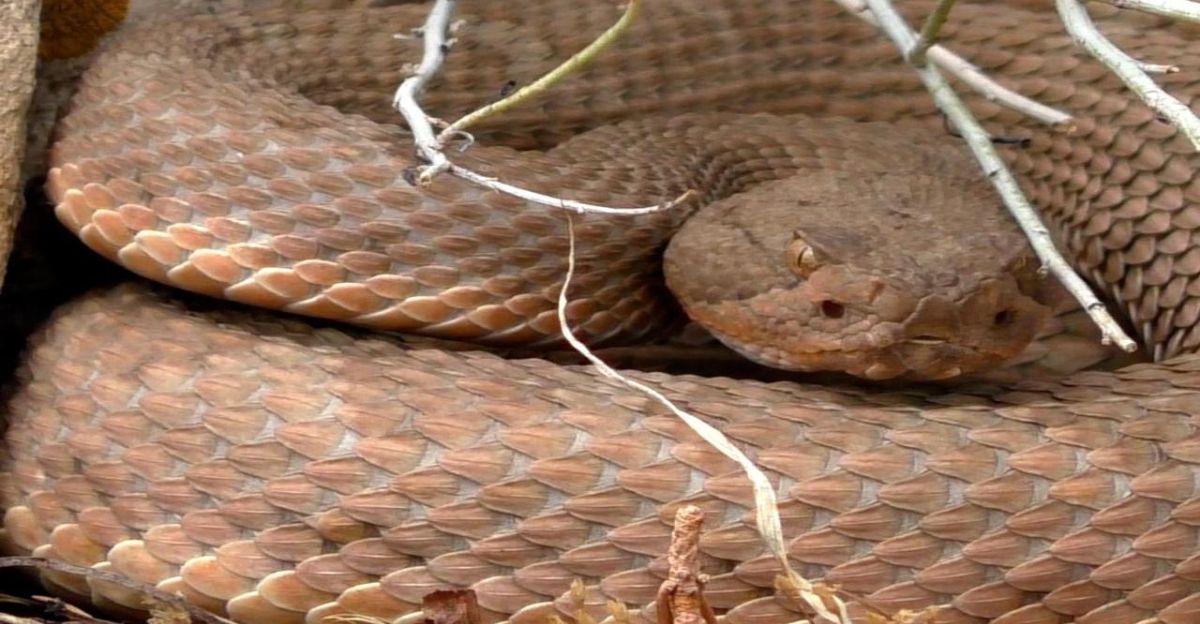
The Grand Canyon is home to six rattlesnake species, but only one, the pale Grand Canyon rattlesnake, lives nowhere else. Park biologists often catch it basking near rafting camps, where canyon walls push snakes down to the riverside. Upstream, at Pearce Ferry, the Mojave “green” rattlesnake roams. It’s one of the most venomous pit vipers in the Southwest. Turns out, desert rivers aren’t too dry for top-tier predators after all.
3 – Suwannee River
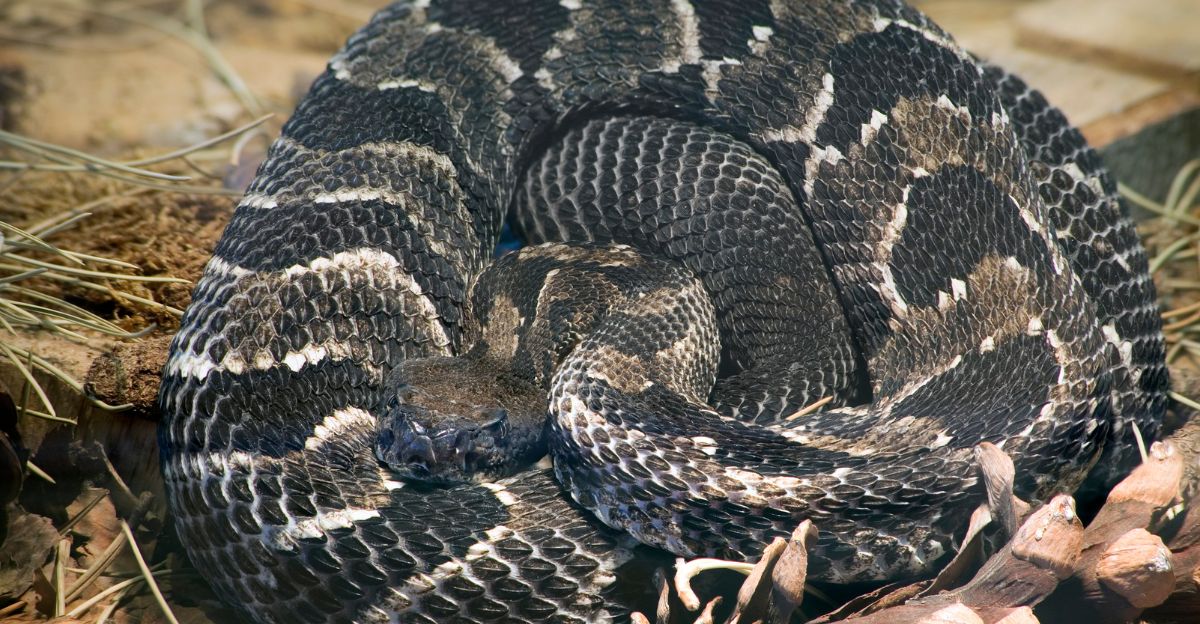
Peninsular Florida may lack timber rattlesnakes, but the Suwannee River’s wooded curves still support them, alongside eastern diamondbacks and cottonmouths. That makes this the only Florida river with three large, venomous snakes. The area also shelters the threatened alligator-snapping turtle, which shares upland pine forests with rattlers. It’s a reminder that Florida’s most dangerous reptiles aren’t limited to marshes and mangroves.
4 – Potomac River

Just 14 miles from D.C., Great Falls Park draws thrill-seekers to its rapids, and its copperheads. Rangers have closed cliffs after bite incidents, like the 2012 case where a climber got tagged on the ledge. Swimming here is banned due to dangerous undercurrents, so most encounters happen when snakes bask unseen on paths and rocks. It’s a wake-up call: venomous snakes aren’t just a backwoods problem.
5 – Platte River
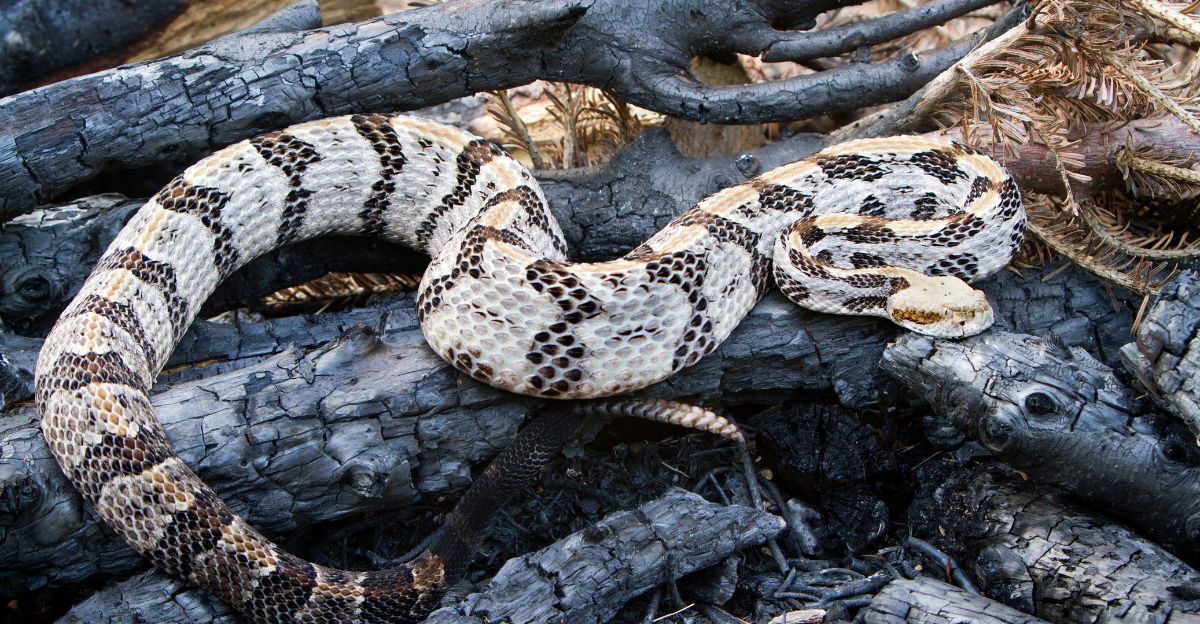
In southeast Nebraska, the entire timber rattlesnake population clings to a few rocky patches along the Platte River. With fewer than 1,000 individuals left, their future is precarious. Some communal dens sit just 75 meters from birdwatching blinds. Every trail or bank repair turns into a land-use debate. And just when you think the Great Plains are snake-free, one slips from the brush to ambush prey at your feet.
6 – Hudson River
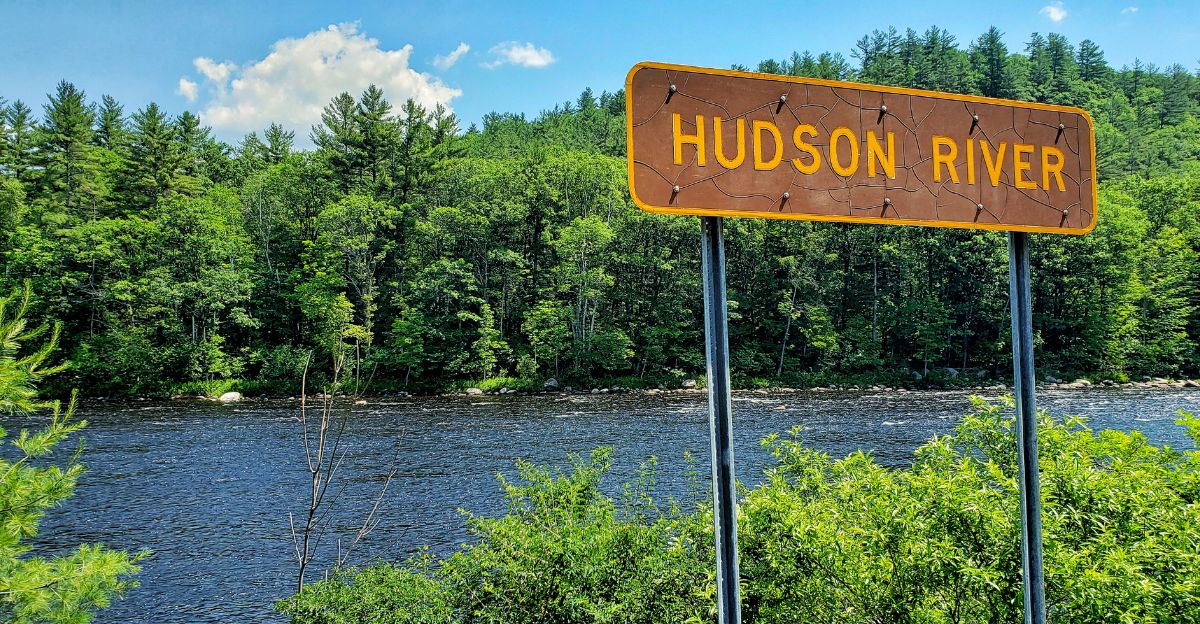
In the Hudson Valley, timber rattlers as long as a child’s arm emerge from dens each spring. Just 80 km (50 miles) from Times Square, places like Bear Mountain and Sam’s Point see these snakes sunning on popular trails. The largest confirmed females in New York measure up to 60 inches. While they’re not as thick as rumors suggest, their presence near one of the country’s busiest rivers challenges the idea that venomous snakes need untouched wilderness.
7 – Rio Grande
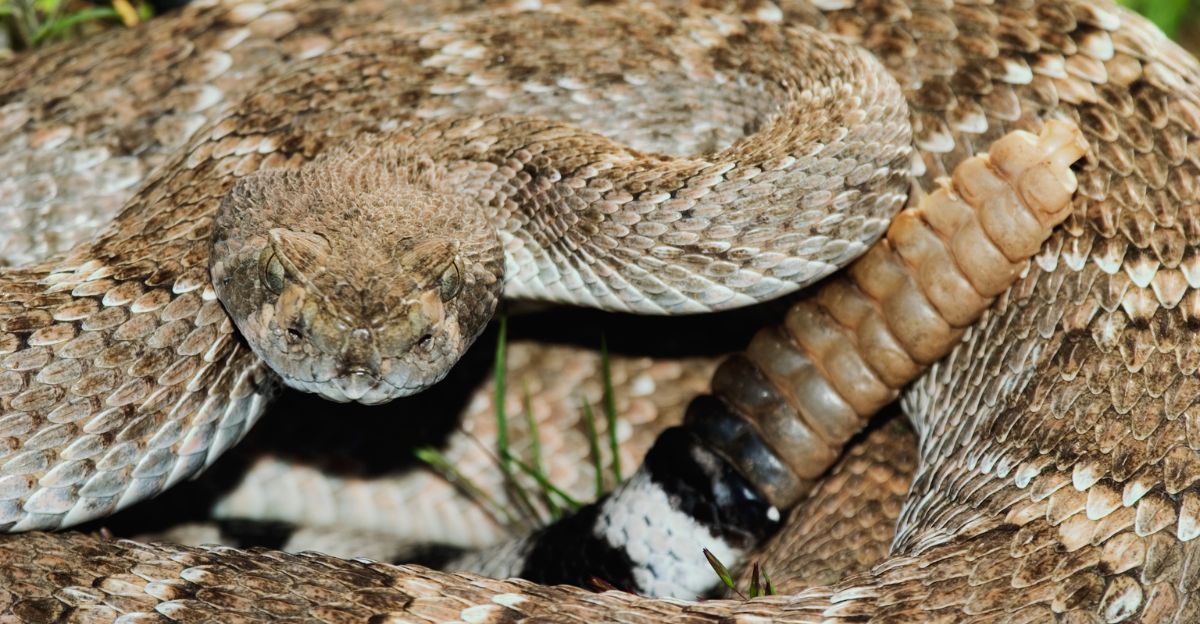
In Texas’s lower Rio Grande Valley, thick brush and farmland attract big western diamondbacks, and a few rare southern Pacific rattlesnakes. Researchers find up to 30 dead snakes a night on roads skirting the river, showing how border development pushes them into populated areas. In Colorado, trail runner Tres Binkley learned the hard way, suffering a double bite that ballooned his thigh to 24 inches. Come July, baby rattlers explore local canals, keeping the ecosystem stocked with fresh fangs.
8 – Cumberland River
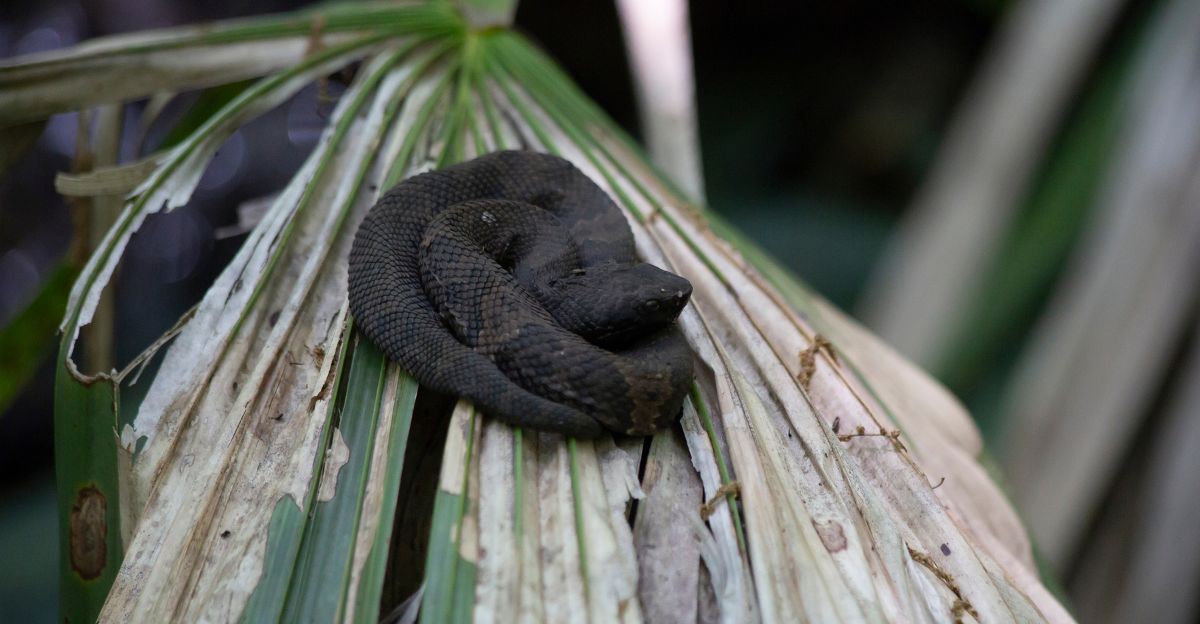
Anglers on Tennessee’s Cumberland River often mistake swimming snakes for harmless species, thinking cottonmouths don’t live this far north. But surveys confirm they do, especially in sloughs and oxbows off the main channel. During droughts, sightings spike as snakes wander in search of water, even near Nashville’s outskirts. Cooler water here shifts their activity to dawn and dusk, keeping them out of sight and fueling the myth that “there are none here.”
9 – American River

It’s not unusual for Sacramento cyclists to stop and film rattlesnakes swimming across the American River. After spring floods, wildlife officers warn that snakes may be flushed from dens and turn up in backyards or greenbelts. That stick floating downstream? It could be alive. The Parkway now posts signs advising paddlers to leash dogs and skip grabbing driftwood. Still, despite hundreds of encounters, no fatal bites have been reported. These snakes just want to ride the current, not pick a fight.
10 – Savannah River
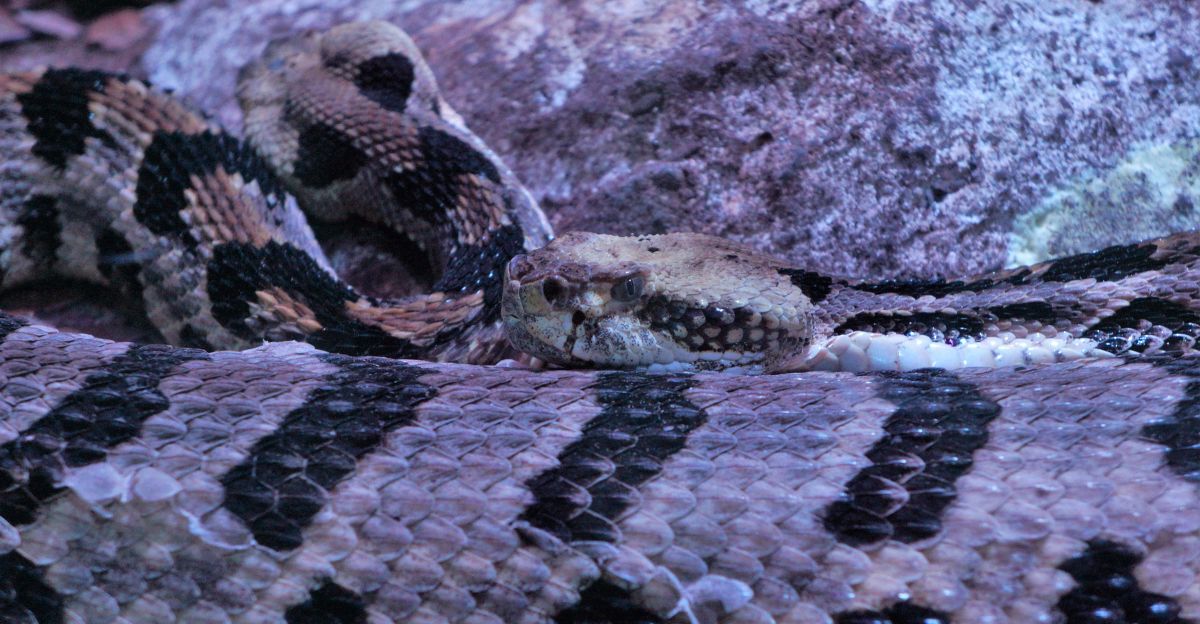
The Savannah River winds through pine woods and federal land straddling South Carolina and Georgia. In the Savannah River Site, closed to the public, timber rattlesnakes are reported to thrive, although detailed data remains limited. These “canebrake” types often grow over 1.5 meters (4.9 ft) long. Controlled burns help endangered woodpeckers, but also create sunny ambush spots for snakes. It’s an ecological twist few tourists ever hear about.
11 – Susquehanna River

After decades of absence, timber rattlesnakes are turning up again along Pennsylvania’s Susquehanna River. Herpetologists have documented new sightings and signs of reproductive females near Harrisburg. Citizen science groups now report a steady increase in local populations. For anglers already battling invasive snakehead fish, this native predator’s return adds a new layer to the river’s shifting ecosystem.
Reading Rivers, Not Just Ripples

From swampy Louisiana to the Nebraska plains, these rivers show how venomous snakes thrive along waterways, often close to human trails. Dense prey, sunny basking spots, and fractured habitats draw snakes toward boardwalks and riverbanks.
But here’s the key: most bites happen when people get too close, not because snakes go looking for trouble. Learning each river’s reptile profile helps land managers protect both wildlife and public access. A healthy river ecosystem includes predators, and sometimes, a hidden rattle in the reeds.







